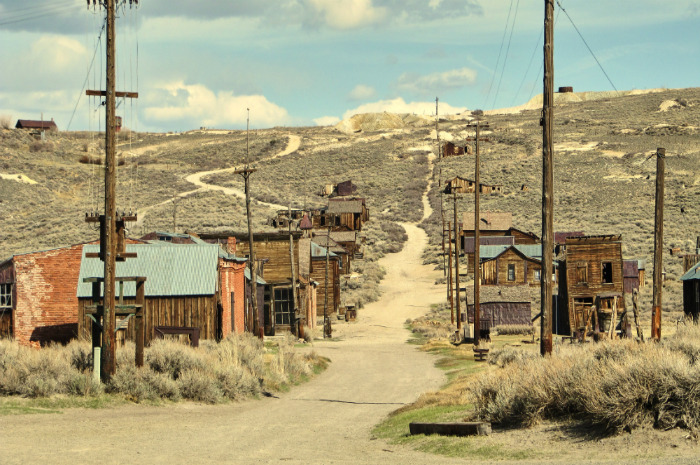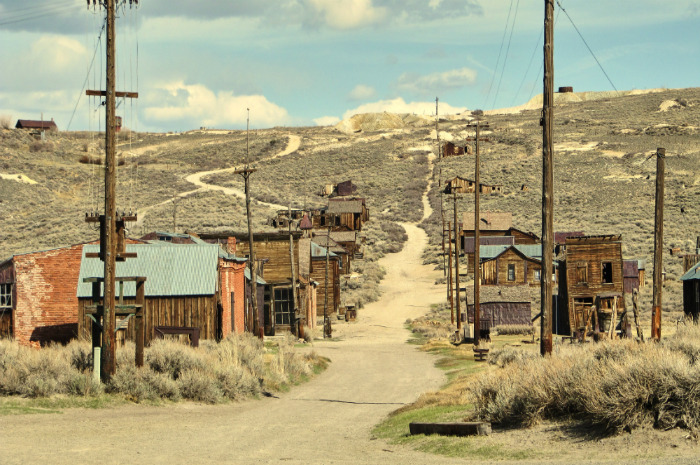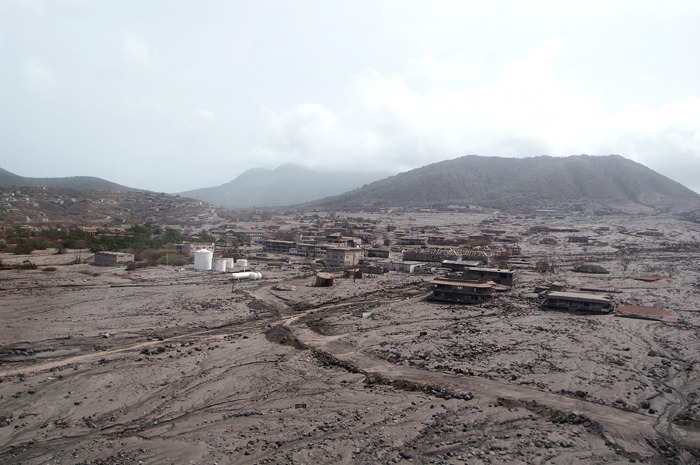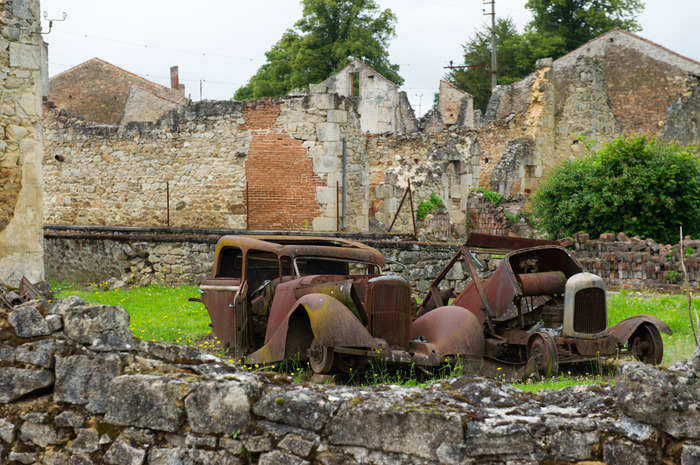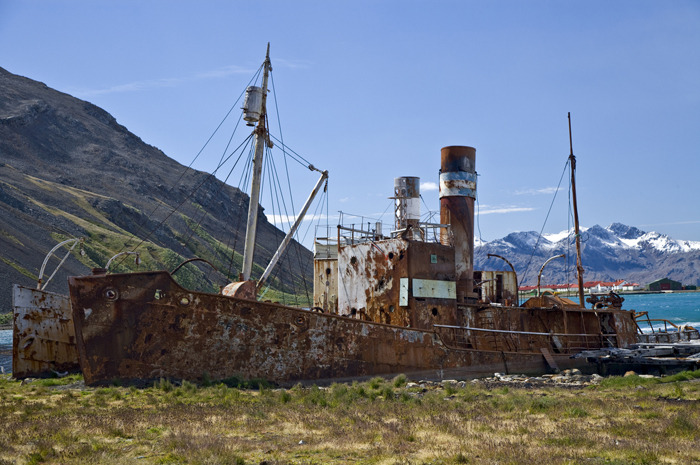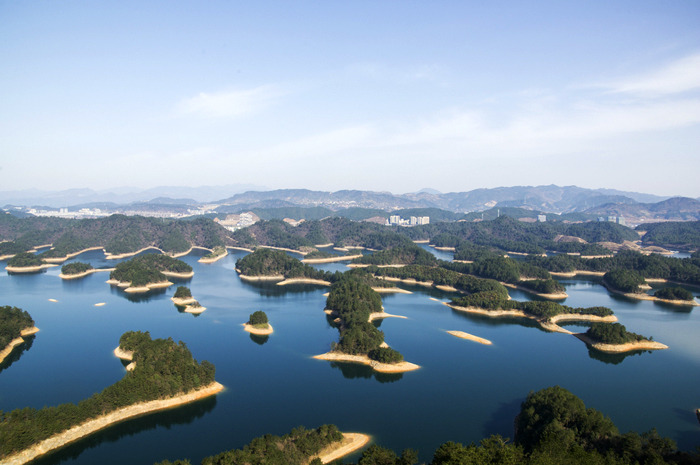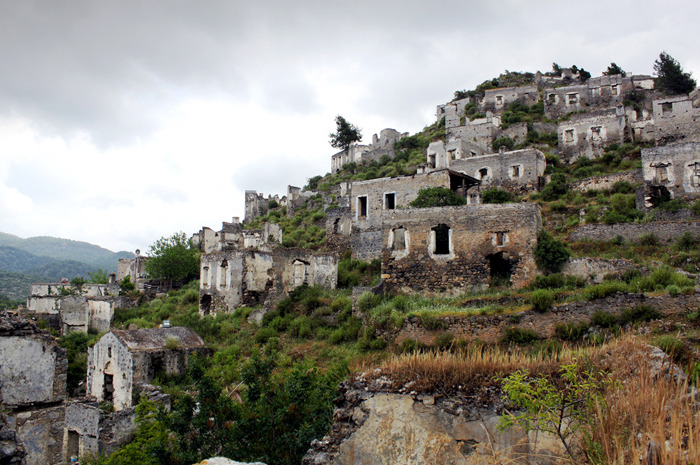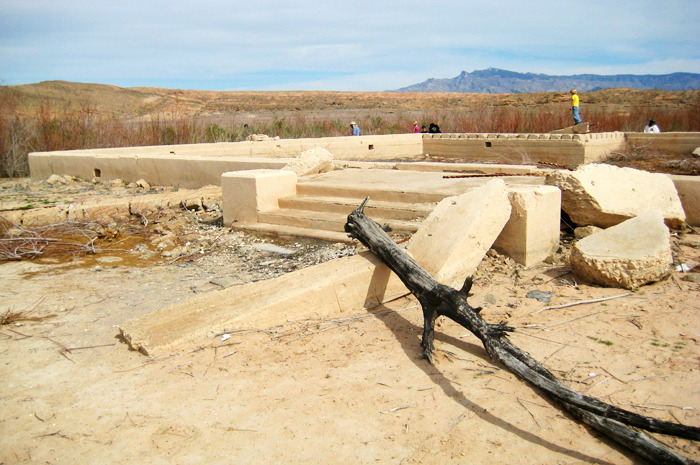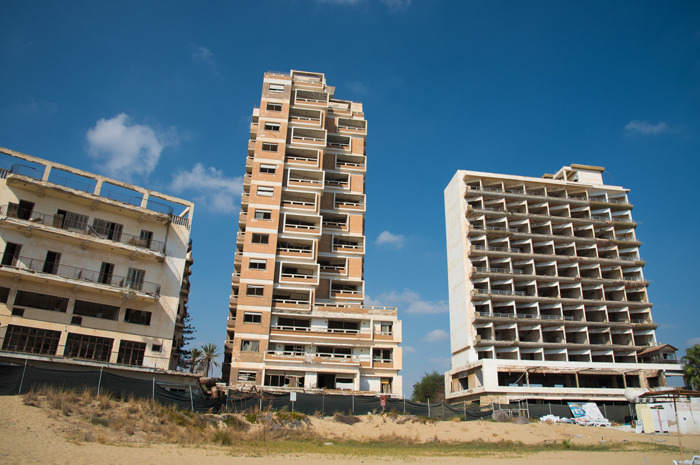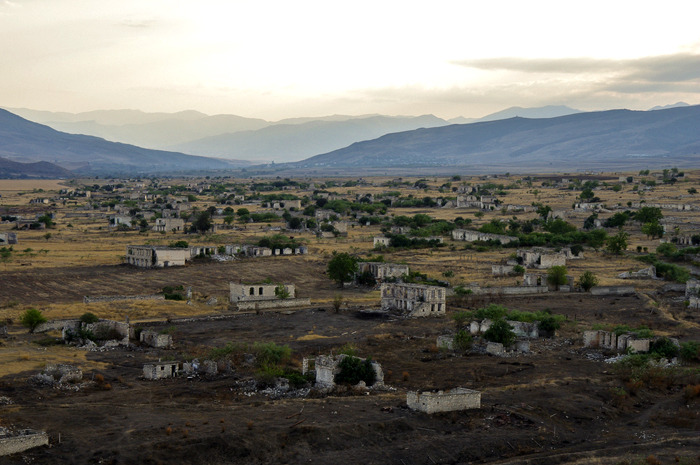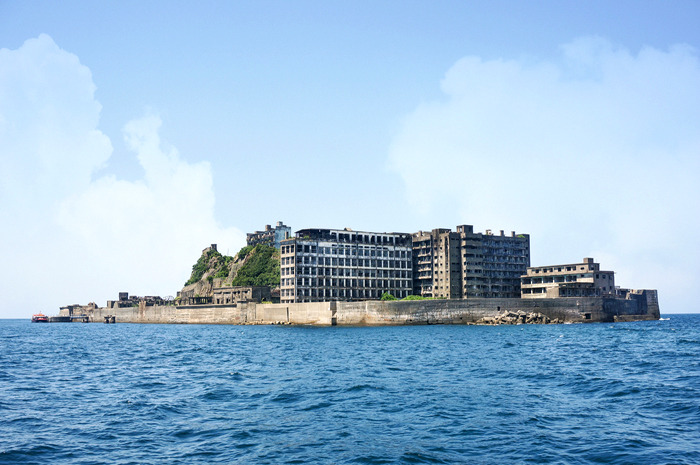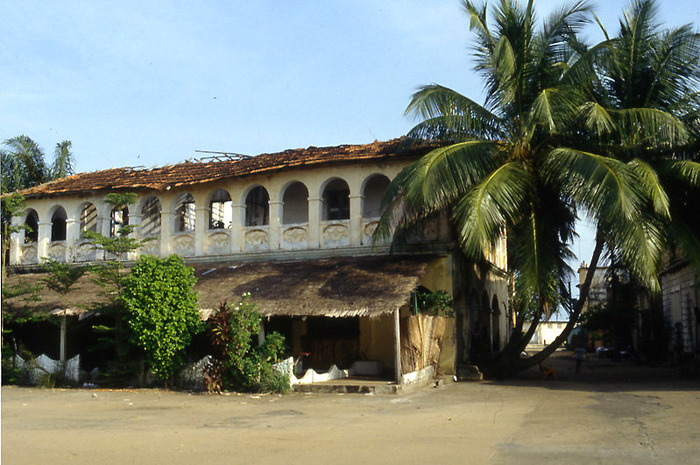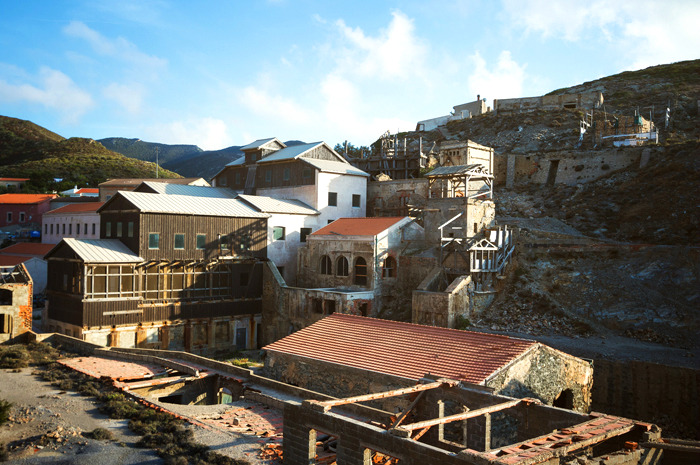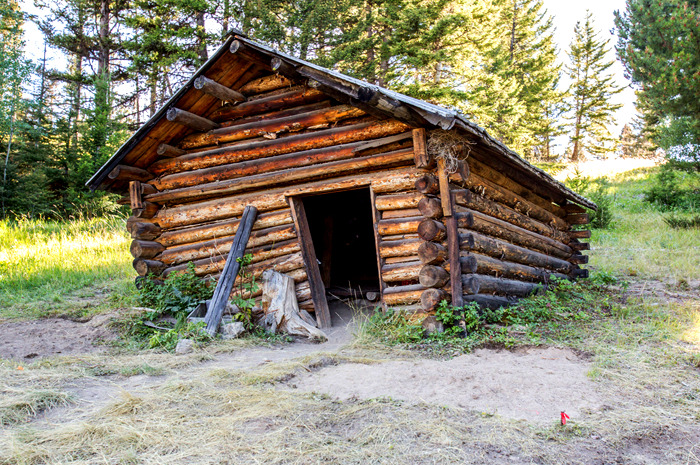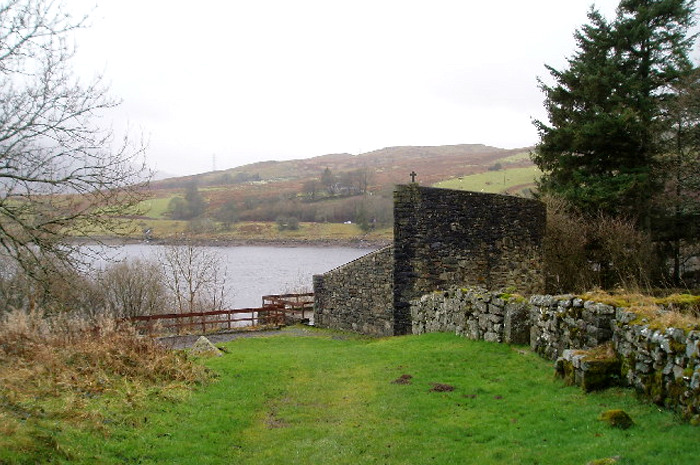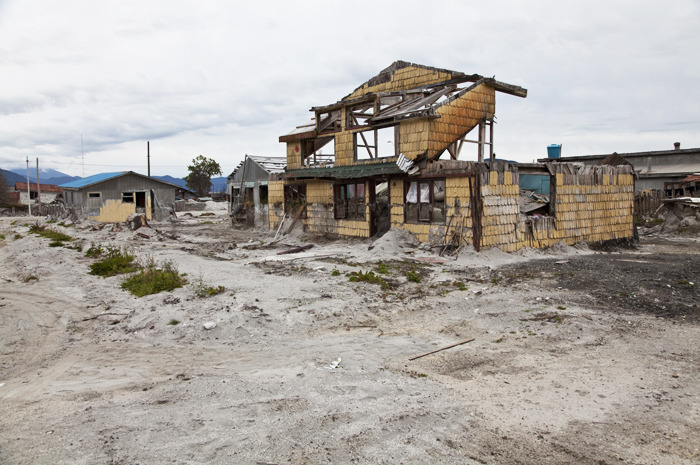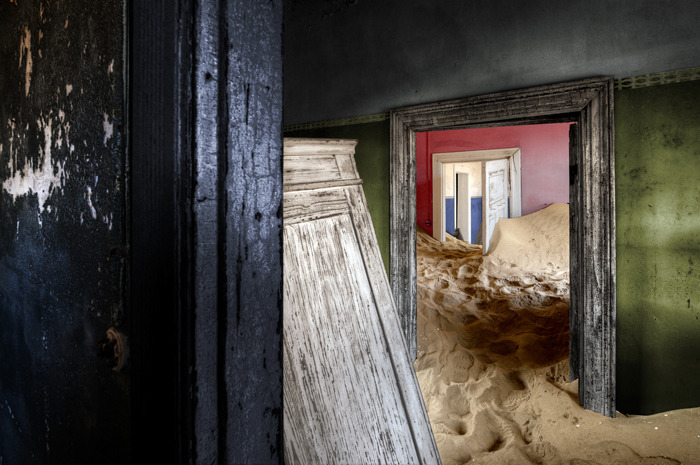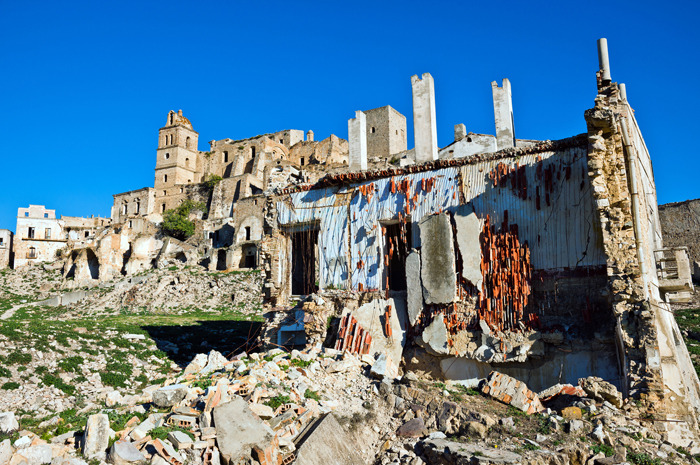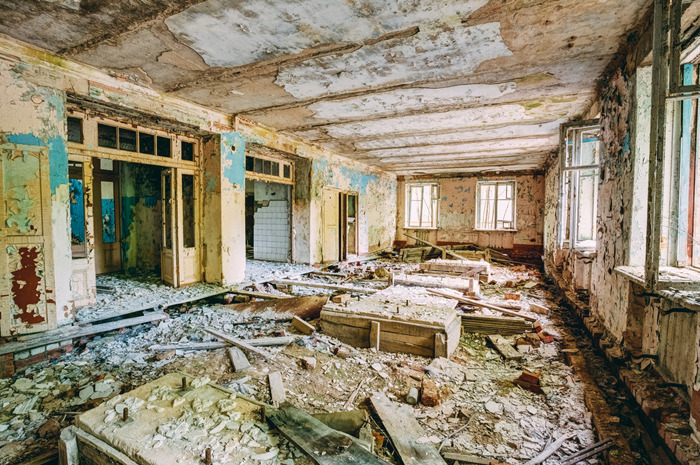20 Creepiest Abandoned Cities You Never Knew Existed
20 Creepiest Abandoned Cities You Never Knew Existed
Imagine what the world would look like if people didn't exist. Do cities look ghastly and charming at the same time? Are they dusty, with cracks on the walls, shattered windows, and trees growing inside? Most of the time there is a logical explanation why a once thriving farming village or gold mining town now lies deserted and is barely visited by few curious tourists.
Plymouth, West Indies
Plymouth was the capital of Montserrat and the only port of entry until 1997 when volcanic eruptions destroyed much of the town and the island's most-spectacular vegetation, according to Encyclopedia Britannica. The town was abandoned in 1995–96.
Villa Epecuen, Argentina
The former tourist township was built on the shores of Lago Epecuén, a lake with therapeutic powers, which had about 5,000 people in the 1970's. A huge volume of water after a storm broke through the dam in 1985swamped much of the town, according to The Weather Channel. The flood was consuming the town for years until it was covered in more than 30 feet of salt water. It began was recede in 2009 and people can now see some of the ruins on the surface.
Oradour-sur-Glane, France
Oradour-sur-Glane was a small farming village. During World War Two, it was located in the German-occupied zone of France. On June 10, 1944, German troops killed 642 people, almost the entire population, and then destroyed the village, according to the U.S. Holocaust Memorial Museum. After the war, Oradour-sur-Glane became an iconic symbol of German crimes against civilians.
Grytviken, South Georgia
The long forgotten whaling station was founded in 1904 by Norwegian sea captain Carl Anton Larsen. It was serviced by 300 men during its prime. The station shut down in 1966 when whale stocks declined to very low numbers, leaving Grytviken a haunting uninhibited town. A few residents live at a British Antarctic Survey Research Station at nearby King Edward Point.
Lion City, China
The ancient flooded city that lies at the foot of Wu Shi Mountain (Five Lion Mountain) is now just about 80-130 feet beneath the Qiandao Lake (Thousand Island Lake) in China. Officials have taken a renewed interest in it because it has remained completely intact despite being underwater for half a century. The Lion City was built during the Eastern Han Dynasty (25 – 200 AD) and it was the center of politics and economics. But in 1959, the government decided a new hydroelectric power station was required. A man-made lake was build and Shi Cheng was submerged.
Kayaköy, Turkey
This is the country's religious ghost town. Until the deportations of 1923 of Christians and Greek Muslims, Muslims and Christians lived in peace there since the 14th century. Formerly known as Levissi, Kayakoy was a flourishing community of some 10,000 until the early 1920's, according to the BBC. Muslim farmers exiled from Greece went to Kayakoy but left soon after.
St. Thomas, Nevada
The ghost town was inundated when Lake Mead first filled up in the 1930's. At one point, it was flooded higher than 60 feet above the tallest structure. A Mormon settlement back in the day, it thrived as a stopping point between Los Angeles and Salt Lake City along the Arrowhead Trail, according to NPS. The remnants of the town can now be seen due to the lowering water levels of Lake Mead. Tourists can roam the ghost remains of an authentic western town.
Varosha, Cyprus
The formerly booming tourist resort for the rich and famous is now just miles of sand where it's only you and nature; dozens of grand hotels stand empty. Forty years ago, after years of inter-ethnic violence culminating in a coup inspired by Greece's ruling military junta, Turkey invaded Cyprus and occupied the northern third of the island, according to the BBC. As troops approached, residents fled and never came back.
Agdam, Azerbaijan
A war after the fall of the Soviet Union between Armenian autonomous nation Nagorno-Karabakh Republic and Azerbaijan led to abandonment of Agdam, a city founded in the 18th century, which was basically a battlefield. Its entire population fled East in 1993. Later the town was looted for construction materials. The only building still standing is the mosque.
Hashima Island, Japan
Hashima Island is one of more than 500 unpopulated islands in Nagasaki Prefecture, standing at 40 square miles in size. It was home to a major coal mining operation managed by Mitsubishi until 1974. It was actually one of the most densely populated places in world history with 83,500 people per square kilometer at its peak. The island is also known as "Battleship Island," named after its external appearance.
Grand-Bassam, Ivory Coast
Grand-Bassam was French capital of Côte d'Ivoire. The French colonial government abandoned the city in 1896, and Grand-Bassam's commercial dealings demised from that point onwards, according to Urban Ghost Media. By 1960 Grand-Bassam was all but a ghost town and has remained that way. Now it's a sightseeing attraction, and there has even been a spike in tourism.
Argentiera, Italy
The ghost town of Argentiera, a former mining frazione (hamlet), located in a narrow valley in the commune of Sassari, was slowly abandoned after the mine closed in 1963, according to Your Guide to Italy. Some of the original wooden buildings still stand, but it's not advised that people inhabit them because they are too old and fragile.
Garnet, Montana
About a century ago Garnet was a thriving town, filled with gold miners. In 1898 around 1,000 people lived there. Garnet is now Montana's most intact ghost town, hidden high in the Garnet Mountain Range east of Missoula. By 1905, many of the mines were abandoned and the town's population had shrunk to about 150. A fire in 1912 destroyed many commercial buildings, and most remaining residents moved away. By the 1940's, Garnet was a ghost town.
Capel Celyn, Wales
Capel Celyn was flooded to create a reservoir to provide a water supply to Liverpool a little more than half a century ago. It was one of the last Welsh-speaking settlements. The post office, school, chapel, cemetery, and 12 farms were all submerged. About 800 acres of land were lost.
Island of the Dolls, Mexico
The island, known as Isla de las Munecas (Island of the Dolls) is dedicated to the lost soul of a poor girl who met her fate too soon in strange circumstances. Thousands of people live in the region south of Mexico City, but the tiny island is just home to hundreds of petrifying dolls with severed limbs, decapitated heads, and blank eyes. A local legend says that the dolls move their heads and arms. People have said that they heard the dolls whispering and telling them to come down to the island.
Chaiten, Chile
The small community in the Los Lagos Region was devastated by a pyroclastic mudflow, after a volcanic eruption caused the Blanco River to burst its banks and forge a destructive new path through the town. On May 2, 2008 the vast caldera of the Chaitén volcano, two miles in diameter, became active. The volcano spewed a toxic plume of ash and sulfurous steam 19 miles into the atmosphere, which drifted across Patagonia. The pyroclastic mud consumed anything that stood in its way.
Kolmanskop, Namibia
Often referred to as Namibia's Ghost Town, Kolmanskop was once the site of a diamond rush and a bustling city for German miners, according to Naminibian.org. Eventually, it peaked and saw its decline after World War I when inhabitants left in search of new diamond deposits. Many of the buildings still stand, but much of the city has been claimed by sand. It gives off eerie vibes that attract curious souls — including ghost hunters — from all over the world.
Goldfield, Arizona
Located atop a small hill between the Superstition Mountains and the Goldfield Mountains, the settlement got its start in 1892 when very rich, high grade gold ore was found in the area. For five years the town boomed until some 1,500 people were residing in the expanding city. Its best days were dashed when the vein of gold ore started to play out. Just five years after it began, the town began quickly dying.
Craco, Italy
The town of Craco in southern Italy has stood uninhabited for half a century, according to Ancient Origins. "Here, dark windows look out at potential travelers like empty eye sockets and the streets and buildings of this medieval town seems to have literally been vacated overnight, left to crumble in decay."
Pripyat, Ukraine
The small city of Pripyat was home to 49,000 residents until it was evacuated and abandoned following the Chernobyl disaster in 1986. Although the area remains uninhibited, the ghost town is overrun by nature and has been deemed safe to visit. Some outfitters there offer guided tours of the site. Trees grow in schools, piles of books can be found in libraries, and dolls can still be seen in kindergarten's floors.
